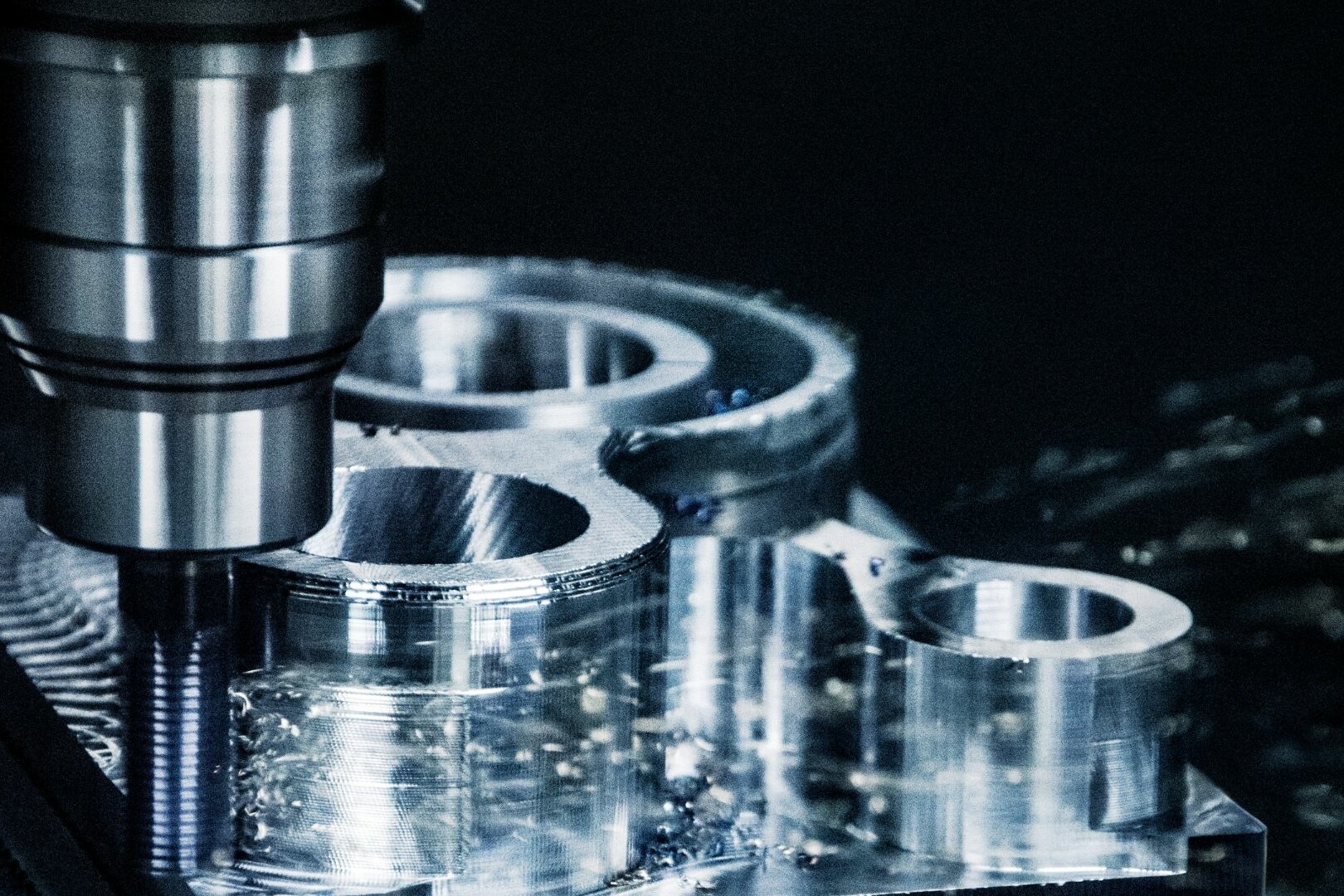The impact of unexpected equipment failures and the financial burden of costly downtime cannot be underestimated. These challenges have long been the bane of productivity and profitability. However, the evolution of predictive maintenance, fueled by the dynamic duo of machine learning and artificial intelligence (AI), has heralded a new era. This innovative approach has emerged as a transformative force in the relentless pursuit of operational excellence. By harnessing data-driven insights and wielding the might of advanced analytics, organizations now possess the capability to proactively detect and prevent potential failures, optimize maintenance strategies, and extend the lifespan of their critical assets. In this comprehensive exploration, we will embark on a journey into the heart of predictive maintenance, unraveling the critical role played by machine learning and AI while shedding light on their profound impact across industries.
The Proficiency of Machine Learning Algorithms
Machine learning algorithms, the cornerstone of predictive maintenance, are nothing short of remarkable. Their innate ability to sift through immense volumes of data, akin to a seasoned detective searching for clues, enables them to identify patterns, anomalies, and early warning signs of equipment failure. These algorithms, after undergoing rigorous training on historical data encompassing sensor readings, maintenance actions, and past failures, evolve into virtual experts capable of recognizing precursors to faults. This invaluable early fault detection capability empowers maintenance teams to intervene proactively, preventing unplanned downtime and mitigating the risk of cascading failures.
Farewell to Rigid Schedules
Conventional maintenance practices have long adhered to fixed schedules or relied on reactive responses to issues as they arise. However, the paradigm shift brought about by predictive maintenance, driven by AI, is nothing short of revolutionary. This approach takes a condition-based stance, perpetually monitoring real-time data emanating from sensors embedded within equipment, much like a vigilant guardian. Machine learning models tirelessly process this constant stream of data, identifying deviations from established norms and delivering actionable insights. The transition from scheduled maintenance to condition-based maintenance presents organizations with the opportunity to fine-tune their maintenance schedules, trim superfluous activities, and allocate resources where they are most needed. The result is a substantial reduction in costs and an agile, adaptive approach to maintenance.
Reliability Amplified Through Data Analysis
The remarkable ability of machine learning algorithms to analyze complex data patterns and anticipate potential failure modes acts as an impenetrable fortress guarding equipment reliability. These algorithms, like astute forecasters, scrutinize sensor data, historical maintenance records, and external factors such as weather conditions or production rates. This meticulous analysis enables AI systems to predict when equipment components are on the brink of failure. Equipped with this foresight, organizations can schedule maintenance activities during planned downtime, proactively replace or repair components, and shield themselves from unexpected breakdowns that can wreak havoc on operations and inflate repair costs. Reliability is not just a buzzword; it becomes an ironclad reality.
Asset Performance Optimized
Machine learning and AI not only identify potential issues but also act as savvy performance coaches, helping organizations optimize their assets. These systems, akin to astute mentors, dissect sensor data and correlate it with key performance indicators. This sharp insight allows organizations to identify factors contributing to reduced efficiency or increased energy consumption. Armed with this knowledge, they can fine-tune operating parameters, optimize equipment settings, and implement energy-saving measures. The result is a substantial enhancement of overall asset performance, increased energy efficiency, and a cascade of cost savings. The equipment doesn’t just operate; it thrives.
Precision in Resource Allocation
Predictive maintenance, powered by machine learning and AI, ushers in an era of precision in resource allocation that rivals a skilled surgeon’s precision. By predicting equipment failures and identifying indispensable assets, maintenance teams can prioritize tasks, allocate resources with laser-like accuracy, and ensure that skilled personnel, spare parts, and equipment are readily available at the right time and place. This proactive approach eliminates unplanned downtime, reduces emergency maintenance situations, and streamlines maintenance operations, ultimately leading to enhanced productivity and reduced costs. Resources are no longer squandered; they are optimally employed.
Data-Driven Decision-Making
The integration of machine learning and AI into predictive maintenance furnishes organizations with the gift of data-driven decision-making, akin to wielding a powerful oracle. By harnessing advanced analytics and predictive models, maintenance teams gain access to actionable insights concerning equipment health and performance. These insights empower informed decision-making regarding maintenance strategies, asset lifecycle planning, and capital investments. In a world where data triumphs over intuition, these organizations are poised to optimize decision-making, mitigate risks, and embark on an unending journey of improvement. Decisions are no longer made in the dark; they are illuminated by data’s guiding light.
The Revolution
In summary, machine learning and AI have orchestrated a revolution in predictive maintenance, shifting it from reactive or scheduled approaches to a proactive and condition-based methodology. This transformation, which mirrors the transition from handwritten letters to instantaneous digital communication, is underpinned by the power of data, advanced analytics, and intelligent algorithms. Organizations are now equipped to detect early warning signs of equipment failure, optimize maintenance practices, bolster reliability, and extend the lifespan of their cherished assets. Through astute resource allocation, data-driven decision-making, and an overarching enhancement of operational efficiency, machine learning and AI are the driving forces behind this transformative revolution. It transcends industries, reshapes the landscape of productivity, efficiency, and profitability, and heralds a future where unplanned downtime and equipment failures are relics of the past. In this future, technology reigns supreme, ensuring a seamless and optimized industrial landscape where the impossible becomes achievable.
Recommended Blog Posts
September 4, 2023
Powerful Signal Analysis Tools for Vibration Analysis
Predictive maintenance, crucial for machinery reliability, heavily relies on vibration analysis. Techniques like FFT…
September 4, 2023
Rotating Machinery Vibration Analysis
Vibration analysis is a critical tool in various industries like manufacturing, power generation, and transportation.…
December 28, 2022
Fault Diagnostic Technique Using Machine Mode Similarity Analysis
AI can diagnose machine faults with vibration data but machine mode similarity analysis is an alternative, it uses…
September 15, 2022
Understanding Rotating Machinery Data
Machine data is generated by physical attributes and actions of machines, collected by sensors and analyzed for…
August 6, 2021
Envelope Analysis
Bearings are critical elements in rotating machines, they support radial and axial loads, and reduce friction. Real…
May 6, 2021
What is Cepstral Analysis?
Cepstral Analysis, a tool used to detect periodicity in frequency spectrum, can be useful in gearbox fault detection in…
October 9, 2020
How is Fault Detection Performed?
Vibration measurements and analysis, using multiple parameters, can identify developing problems in machinery before…
September 21, 2020
Parameter Selections in Vibration Measurement
Vibration measurements are used to determine the response of machines to forces and identify potential issues. It is…
September 4, 2020
What is Vibration Analysis?
Vibration analysis can be used to discover problems in machines and predict when they might fail. It can significantly…
Discover Our Products
Sensemore Predictive Maintenance Solution
If you enjoyed this blog, explore our Predictive Maintenance Solution page.











